A work colleague of mine, recently settled in South London from a Washington DC suburb, once tried to cycle to the Surrey countryside. She was getting cabin fever, cooped up with a young family in a Balham terrace, and figured she just need head due south and London would melt away into quiet country lanes. She didn’t make it beyond Sutton. Not because of mechanical failure or tired legs, but an inability to navigate her way through the dense car infrastructure. Multi-lane roundabouts, dual carriageways, sweeping overpasses – all designed for drivers to press the gas and get them to their destinations as quickly as possible – blocked her at every turn. She’d try weaving through suburban side streets, only to get spat back into fast-moving traffic. The quiet lanes of Surrey remained undiscovered.
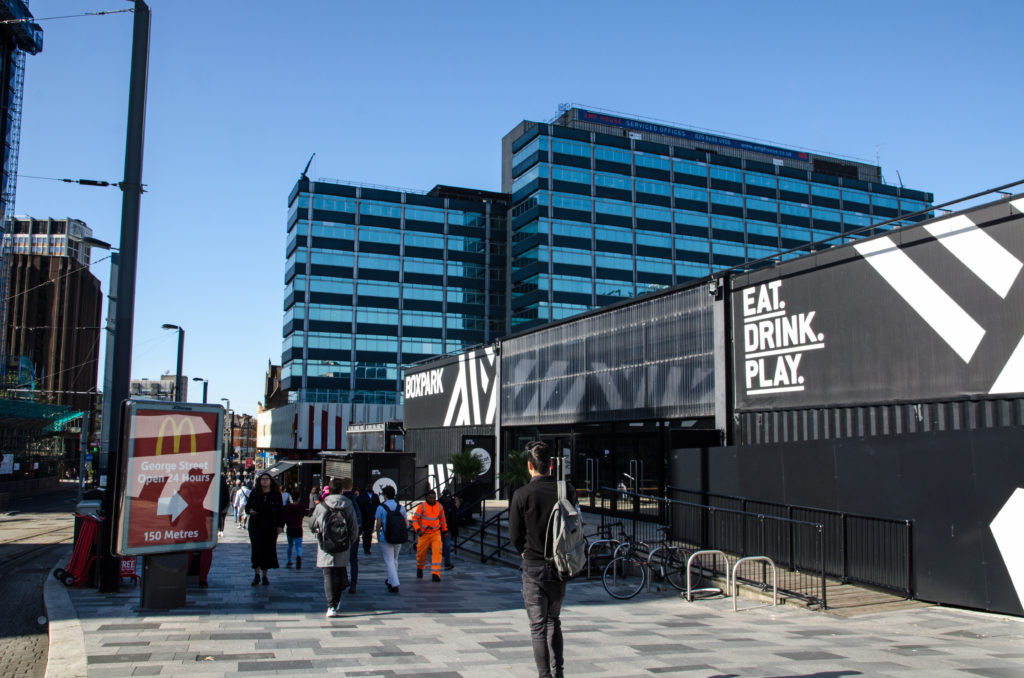
I know what she meant. My own neighbourhood, Croydon, is such a suburb.
The town centre was designed in the sixties to fulfil an already outdated vision of suburban living and frictionless driving. Flowing over and under-passes would deliver shoppers and office workers to its high-rise centre, via multi-storey car parks, then back out by way of huge roundabouts spinning them smoothly off to the dormitory towns of Kent and Surrey. The planners, absorbed in their concrete shop-topia, hadn’t anticipated the exponential growth in car ownership. The system is now broken by overload.
This makes for the worst possible environment for the bike rider. You need to be a highly confident and assertive cyclist to brave the Roman Road flyover, Lombard roundabout or the Purley Way. It’s all very well urging people to swap their car for a bike, but to most people it just looks too bloody perilous.
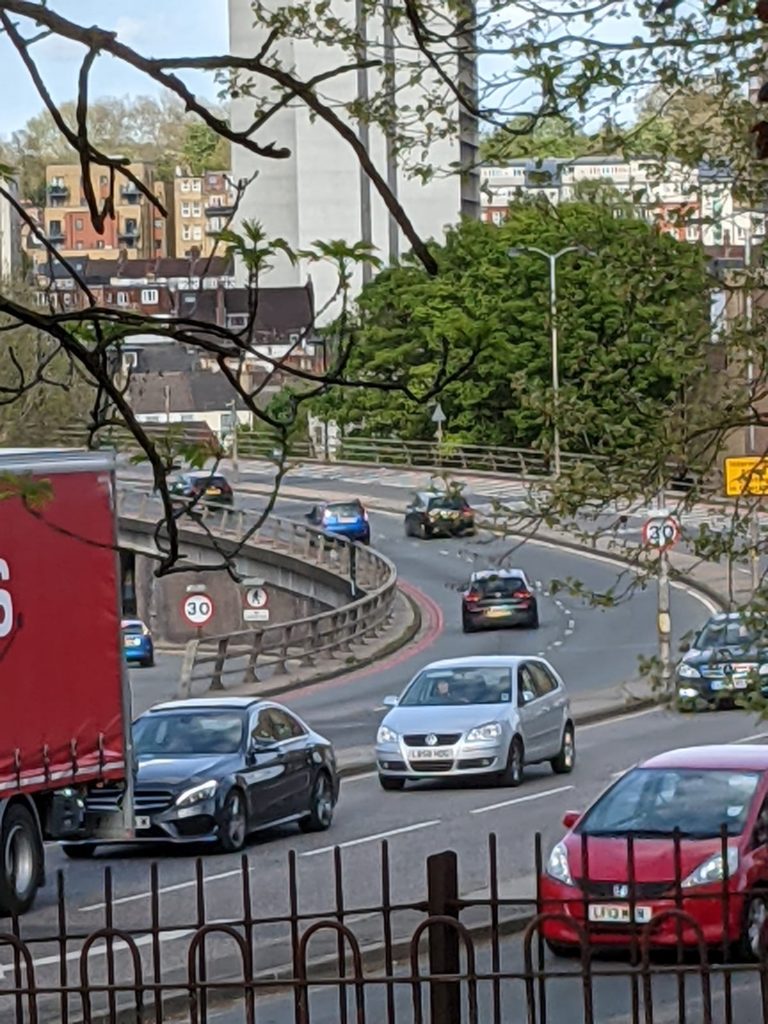
Maybe ten years ago, I was on the website of a fashionable cycle-clothing brand and found a report of an organised night ride from Clapham Common to Brighton. The blogger stopped to help a woman with a puncture in central Croydon on a Friday evening, and was soon surrounded, in the blogger’s words, by drunk jeering “chavs”, recently ejected from the infamous, and now extinct, Tiger-tiger nightclub. I’m sure it wasn’t an edifying encounter, but the snobbish tone about the area, and the people who lived there – what would you expect from Croydon? – irritated me. Did they know about Croydon’s cycling history?
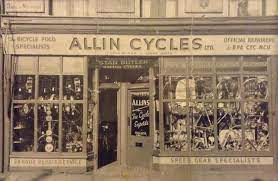
It was once home to several popular cycling clubs, notably the West Croydon Wheelers, the nationally renowned frame builders Allin of Whitehorse Road and, later, the world-famous Roberts Cycles, a Mecca for lovers of beautifully crafted steel frames dripping with shiny Italian componentry, tucked away in an industrial estate.
Afficionados of English steel lightweight bikes would travel from the other side of the world to buy a Roberts frame and spend a few hours in that hallowed space in modest West Croydon. There was also Geoffrey Butler, still in its original location on the High Street when I moved to the area. They sold De Rosas and Bianchis and Saturdays would see it busy with riders looking for a Campagnolo component or just nattering to GB’s friendly and expert staff. It moved a bit further out down the Brighton Road, where the lack of passing trade eventually led to it closing for good. It’s against this background that Croydon’s bike-unfriendliness is so poignant and sad.
Always a fairly poor area (as DH Lawrence noted when he taught at the Davidson School around the turn of the last century), its residents would once have used their bikes, often locally built, to escape into the countryside for weekend tours.
We talk of the current cycling boom, but it’s not the first Britain has seen. After the war shook up settled communities and social norms, the working-class leisure movement was heavily centred around the freedom afforded by the bicycle. Weekends no longer had to be spent in cramped terraced streets. Intrepid new cyclists – men and women alike – would cover huge distances after work on a Saturday morning, stay in a hostel several counties away, and ride back in time for work on Monday.
By contrast, the current cycling boom has largely been one of affluence – well-heeled, predominantly male (although thankfully this is changing) riders charging out of cities and towns on expensive carbon race bikes, dressed to resemble the pros, looking focussed and intense in wraparound sunglasses and staring down at their bike computers to check data.
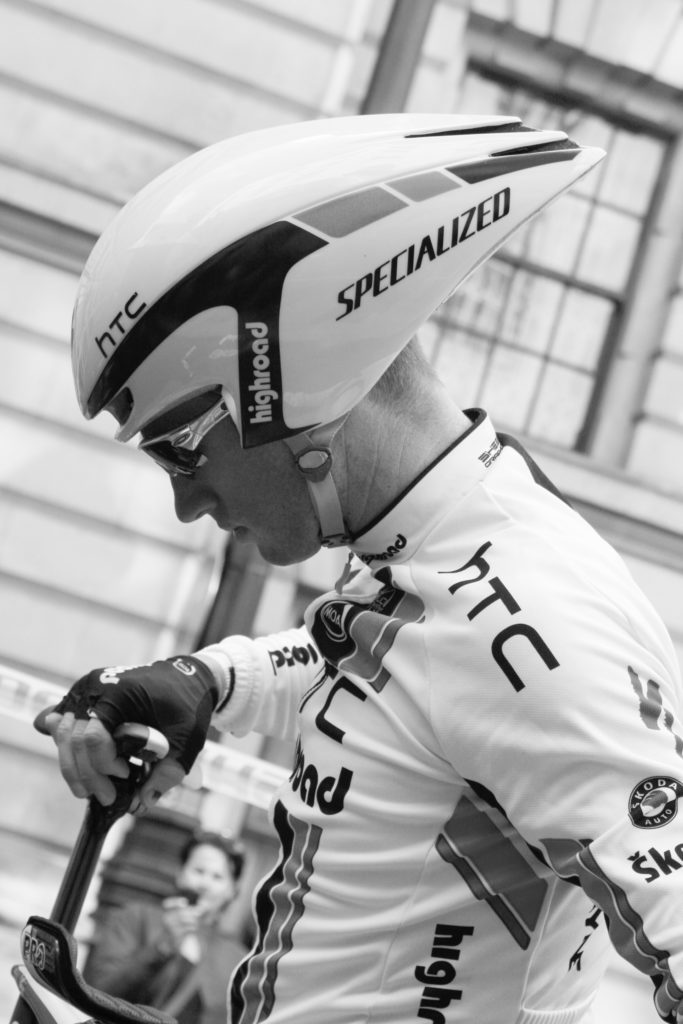
Yes, they are still seeking respite from their working lives and often, ironically, from the same cramped terraced houses in inner cities once occupied by the working class. But somehow it seems less joyous and emancipating. The emphasis on performance, accessories and gear (I am deeply ambivalent about the Top Gear-isation of cycling) detracts from the sheer liberating euphoria of being out on a fresh morning exploring new roads at your own pace.
A few weeks before Geoffrey Butler closed after more than 70 years in Croydon, its owner, warning me that things were looking distinctly sticky, looked mournfully out across an empty shop onto the busy Brighton Road and said, “I mean – who’d want to ride around here”?
It’s become axiomatic amongst cyclists to say, “it’s all cycling; it’s all good”, as if we are approaching a tipping point for motor vehicle obsolescence in cities. Yet we will not see a revolution in cycling amongst normal people, as opposed to confident, self-identifying “sports cyclists” (and yes, I am one) until the suburban infrastructures become gateways for the cyclist to the countryside, rather than obstacles.
There are safe ways out to the country, but you have to seek them out, or use an app like Kamoot, and not everyone wants their ride interrupted by a phone check every few miles.
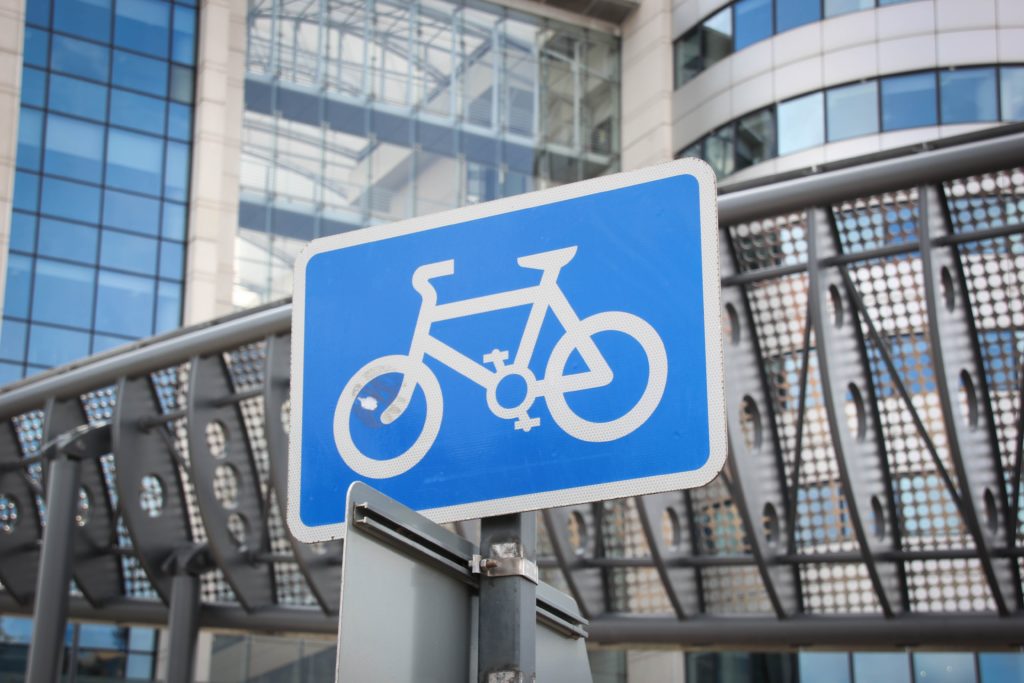
Let’s give cycling routes the prominence and visibility that has always been afforded to our monumental, iconic and highly effective motoring signage. Thanks to lockdown, many people are buying bikes for the first time. Let’s help them expand their active travel horizons and leave their cars behind.
John Maingay

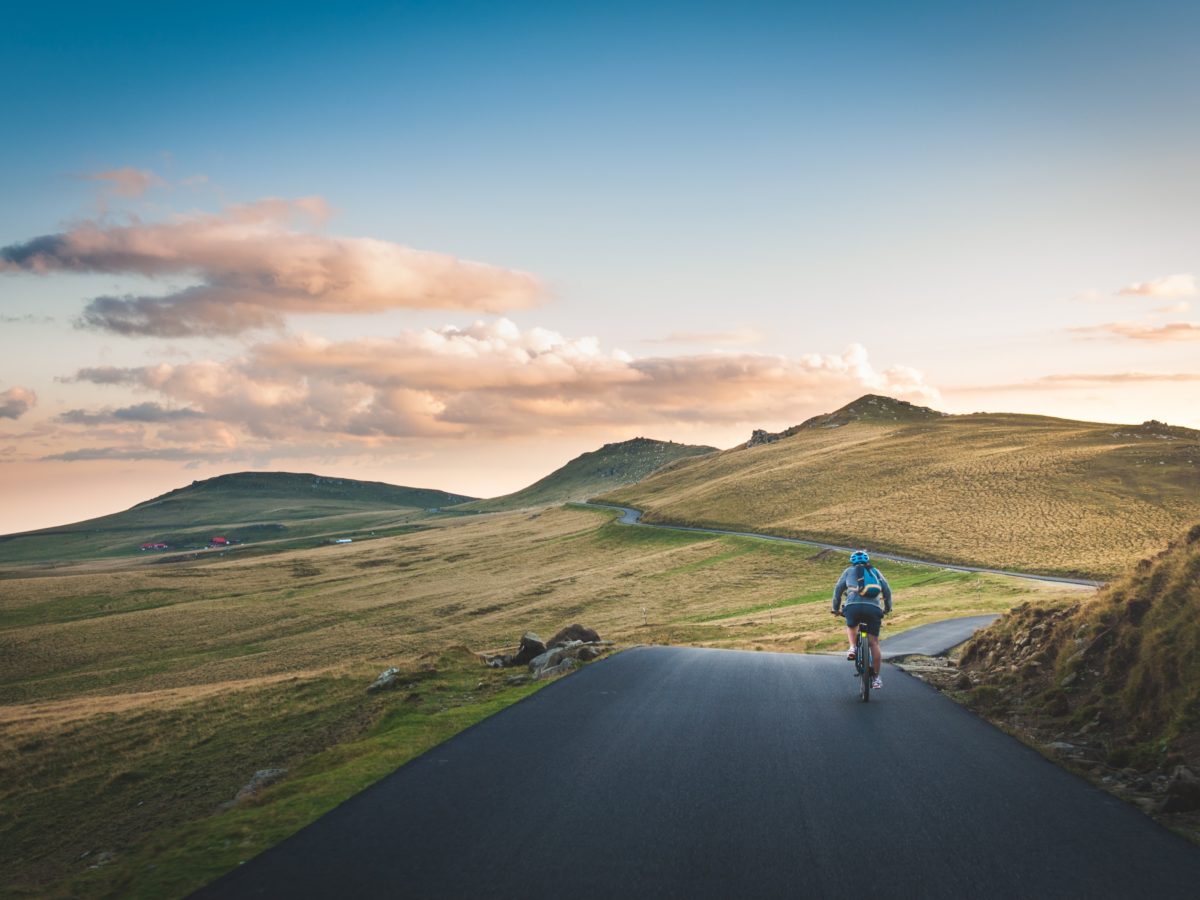
Robin Bhairam
May 15, 2021 at 12:23 pm
Great article – just about sums up my frustrating experiences with the sport. I’m months away from 60, and as I ease back from running, I have honestly been desperate to cycle for years. Living in the hillier parts of the borough, navigating frustrated drivers, who seem to think I should be flying up hills is no longer worth the aggro and with cycling clubs (many smacking of elitism and ‘Willy waving’) not wishing to take you on a group ride unless you can bang out a minimum of 40 miles at 15-17mph, it’s little wonder most either just give up … or like me, resort to the safety of Zwift in the comfort of our own homes to try and build technique and confidence. Right I’m off to watch the Giro d’italia ….
Julian Sheather
May 16, 2021 at 12:16 pm
Agreed. There has to be something for all cyclists, whatever their fitness, age or level of intensity. As John writes, there was a demotic spirit in early cycling we are in danger of losing.